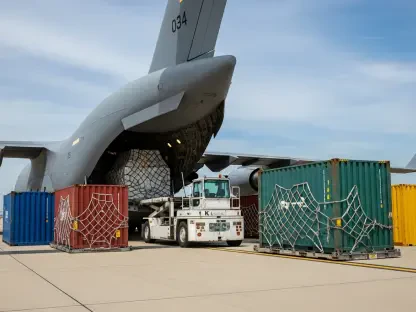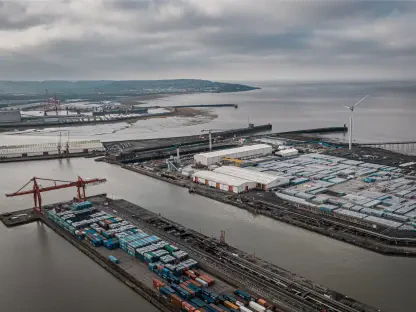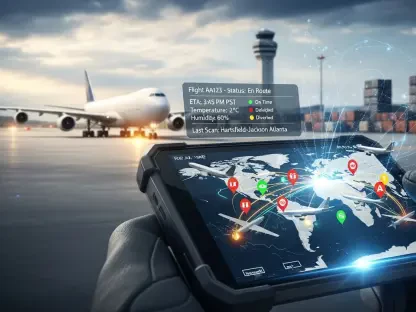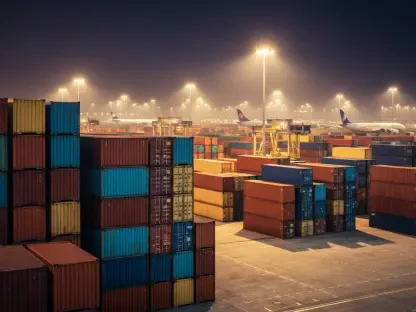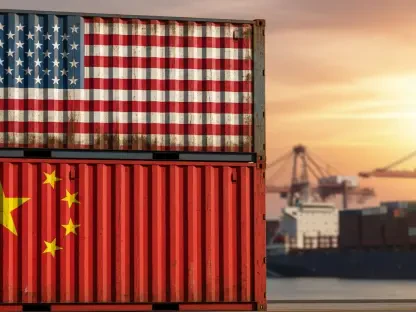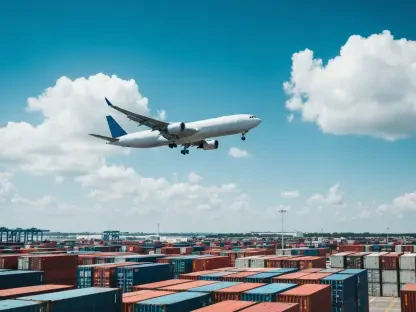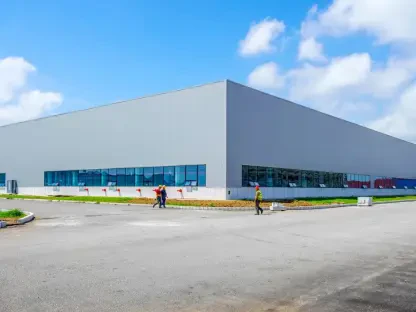The rapid evolution of warehouse operations in recent years can be largely attributed to the strategic integration of autonomous mobile robots (AMRs) and innovative scheduling systems. These technologies have drastically transformed logistics, enabling unprecedented levels of efficiency and accuracy. A stand-out performer in this domain is SEER Robotics’ M4 Smart Logistics Management System. This robust system enables autonomous robots to operate cohesively and adaptively within diversified logistics scenarios. By orchestrating robots and business systems on a broader scale, M4 paves the way for seamless logistical operations across expansive facilities, overcoming complex challenges like congestion and conflicting paths.
Core Components of Efficient Robot Scheduling
The Role of RDS Unified Resource Scheduling System
The RDS Unified Resource Scheduling System is integral to M4’s success, acting as a bridge between upper-level business processes and the physical operations conducted by robots and smart devices. The system facilitates effective resource management by orchestrating the dynamic movement of robots, especially in large facilities where multi-floor operations are prevalent. A significant challenge is solving dynamic global programming issues like path conflicts and congestion. By continuously analyzing real-time data, the RDS system can adapt, setting priorities and redirecting robot paths dynamically to maintain an optimal flow of activities. This capability not only avoids delays but enhances efficiency across the logistics chain.
Tackling Resource Optimization with Innovation
Resource optimization stands as a critical factor in maximizing the benefits of autonomous systems. RDS employs innovative strategies such as ‘hitchhiking’—where different transport tasks share capacity—and ‘pre-ordering’ modes to minimize idle times of robots. This thoughtful utilization of resources ensures that all robots contribute to tasks, eliminating downtime and increasing productivity. The success of these strategies is exemplified by companies like Winfat Holdings, which reported a remarkable 300% increase in productivity through the utilization of smart forklifts. Similarly, Chinawrr’s introduction of real-time robotics data has significantly boosted their storage capabilities by 20%, setting a benchmark in efficient warehousing.
Emerging Trends in Smart Logistic Systems
Simulation and Optimization for Better Forecasting
A burgeoning trend involves using simulation tasks for rigorous forecasting and troubleshooting in business logic. By simulating entire production cycles, this approach helps enterprises assess the optimal number of robots required for operations. Such accurate analyses improve multi-system communication, providing a robust platform for fault identification and resolution before real-world impediments occur. Electrolux, for instance, has realized substantial improvements in its operational workflow efficiency by adopting these simulation-based strategies, which have streamlined its factory operations and contributed to a smoother logistical framework.
Intelligent Scheduling and Future Prospects
The continuous enhancement and integration of intelligent scheduling systems promise transformative impacts on warehouse logistics. These systems not only increase productivity but also bolster resource management efficiency. As logistics demands multiply, businesses adopting such cutting-edge technologies are likely to stay ahead of the curve. They can tailor their strategies to yield better outcomes, aligning with evolving market dynamics while mitigating resource wastage. This systemic advancement embodies a new frontier in logistics, advocating for a digitalized, efficient, and adaptive infrastructure that future-proofs warehousing against emerging challenges in the supply chain.
Insights on Logistics and Technology Synergy
Collaborative Scenarios and Coordination
Collaboration between AMRs and smart logistics systems hinges on precise coordination and real-time adjustments. Multiple machines work in concert, often in complex, interdependent arrangements, ensuring a seamless flow from one process to another. The ability of systems like the M4 to share data and adjust based on real-time insights is revolutionary. It allows for automatic coordination, significantly reducing the likelihood of bottlenecks and downtime. Moreover, this synergy between technology and logistics manifests as a significant competitive advantage, as firms can achieve higher operational speeds and increased adaptability, crucial for maintaining strategic superiority in supply chain management.
Understanding the Benefits of Integrated Systems
The most profound advantage of integrated systems like SEER Robotics’ M4 lies in their capability to streamline and elevate logistical operations, contributing to enhanced resource use and productivity. This integration provides businesses with the flexibility to adjust operations aligned with fluctuating market demands and the complexity of global supply chains. Moreover, by facilitating real-time decision-making, these systems empower organizations to achieve swift responses to unexpected changes or challenges, securing a reliable and efficient logistical model that aligns with modern business objectives.
Future Perspectives on Intelligent Scheduling
Evolving Strategies for Resource Use
The landscape of warehouse logistics continually evolves with intelligent scheduling systems introducing new strategies for optimizing resource utilization. As demand forces escalate, the pressure to achieve higher logistical efficiency grows, necessitating novel approaches in resource management. Continuous advancements in intelligent scheduling systems are anticipated to promote greater operational efficiencies while reducing wasteful practices. By leveraging technological advancements, logistical frameworks can gain enhanced performance, flexibility, and adaptability, ensuring businesses remain competitive in an increasingly fast-paced market environment.
Strategic Implications and Ongoing Trends
The remarkable advancements in warehouse operations recently stem primarily from the strategic integration of autonomous mobile robots (AMRs) alongside cutting-edge scheduling systems. These technological innovations have revolutionized logistics, elevating efficiency and precision to unprecedented levels. Taking center stage in this arena is the M4 Smart Logistics Management System from SEER Robotics. This advanced system empowers autonomous robots to function in unison and adapt effectively to a variety of logistical settings. By managing robots and operational systems on a larger scale, M4 facilitates seamless logistical processes across vast facilities. It successfully tackles intricate issues such as congestion and conflicting pathways, ensuring streamlined operations. The M4 system embodies a paradigm shift, showcasing how automation and smart solutions can enhance productivity and logistics management, setting new standards in industry practices and contributing significantly to operational excellence.



